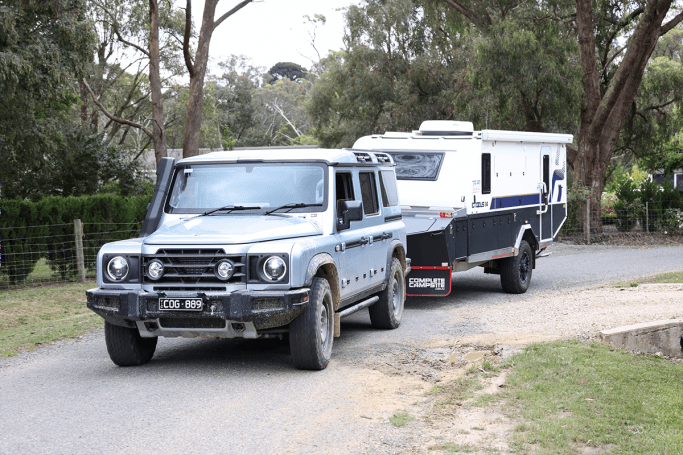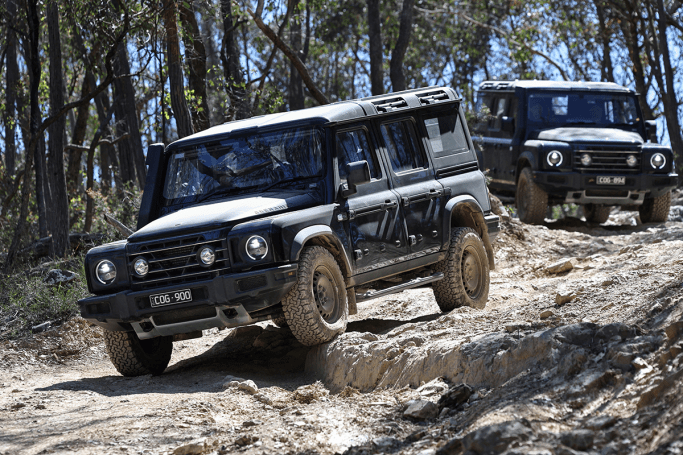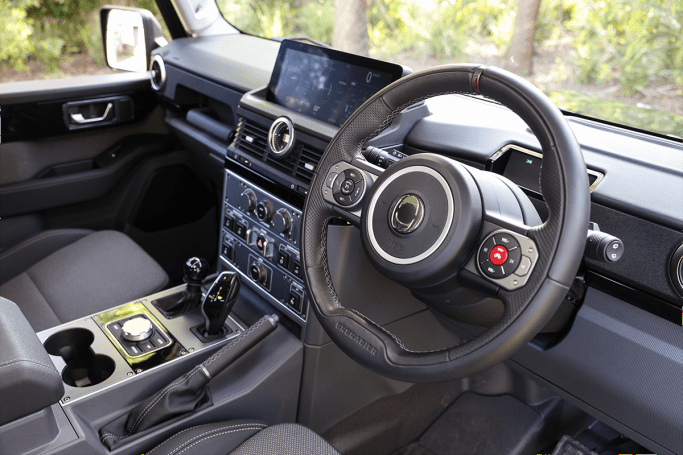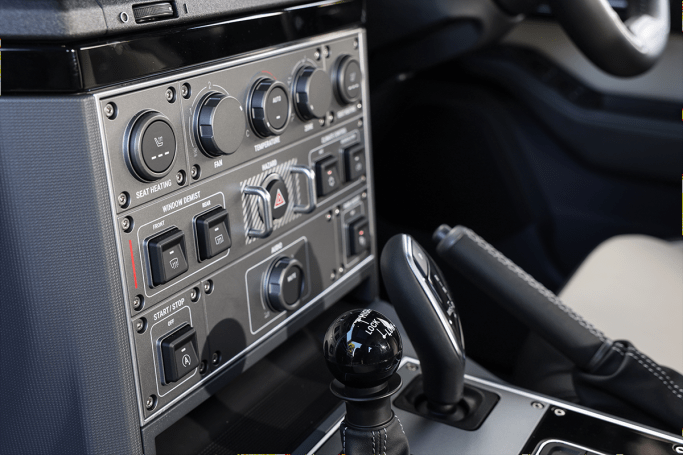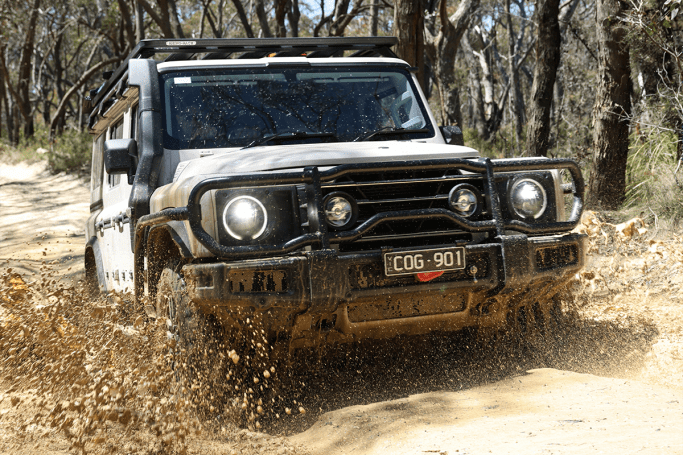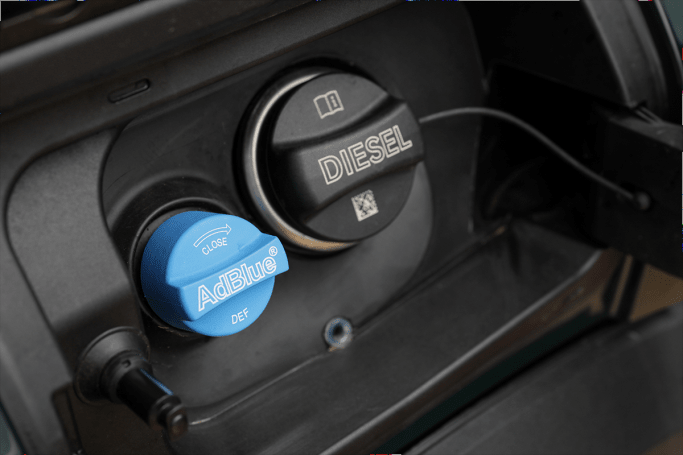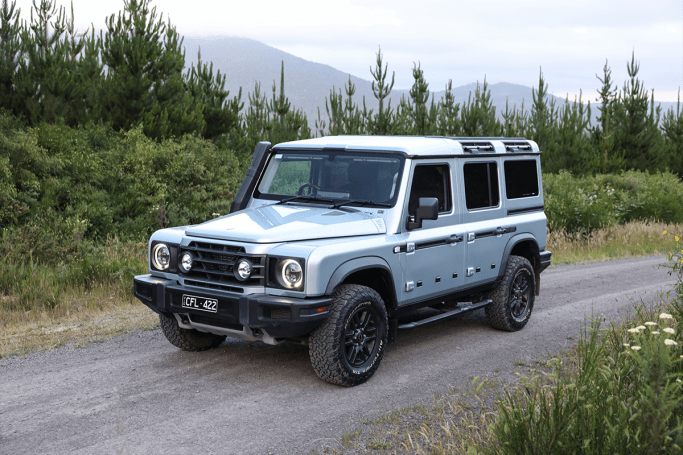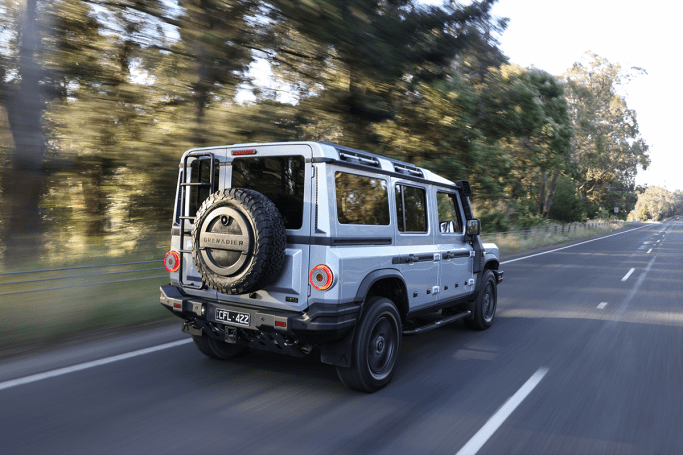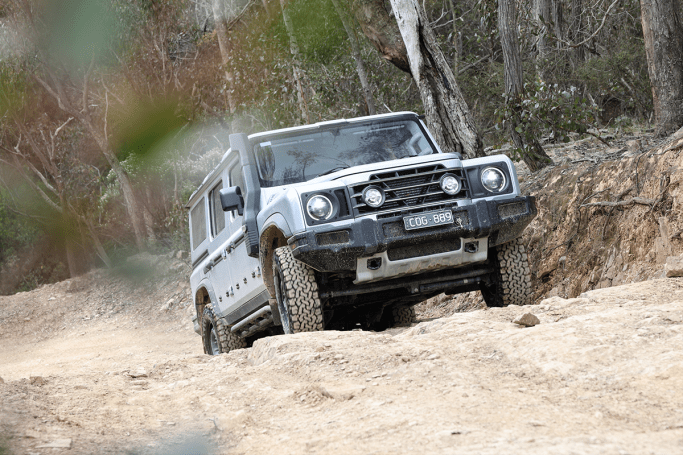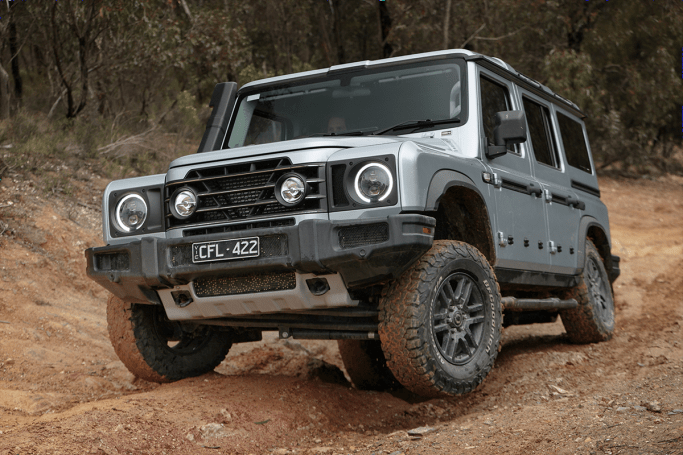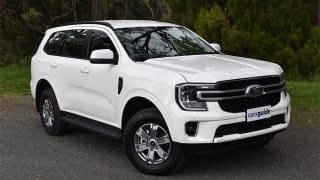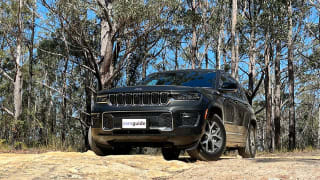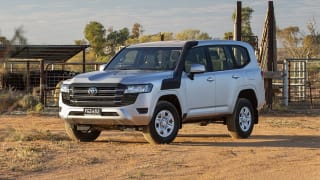You might want to find a comfy seat for this, because it all gets a it involved as a brand-new model with a broad array of possible configurations. But let’s start from here.
The Ineos is available initially as the Grenadier station wagon, and within that bodyshell, in three distinct specifications.
The first is the base Grenadier trim which is aimed at fleet buyers and misses out on things like extra auxiliary power outlets, the compass and altimeter, some interior tie-downs, front and rear diff locks, the rear access ladder and even the spare-wheel cover.
However, it does get the centre diff lock, choice of petrol or diesel power, 17-inch allow wheels, a Nappa leather tiller, hose-out interior, and bash plates.
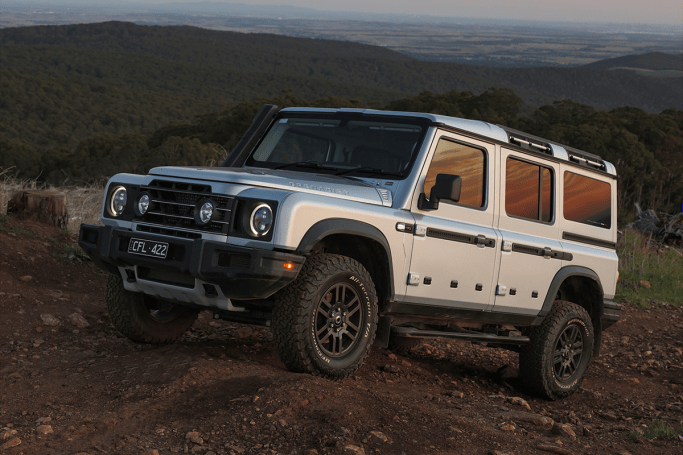
On top of that, pretty much everything that’s not included can be optioned into the Base variant, thanks to the built-to-order nature of the production process.
From there, the range splits down two distinct paths. There’s the Trialmaster aimed at the very roughest, toughest terrain and the identically priced Fieldmaster which aims for a slightly more pampering experience for day-to-day comfort and convenience.
On that basis, the Trialmaster sticks with 17-inch allows, but wraps them in Goodrich KO2 all-terrain tyres. This model also gets the utility-belt which allows accessories to be slung off the vehicle’s sides, front and rear electric diff locks, a snorkel, the Ineos tow-pack and a dual battery set-up with the batteries located under the rear seat.
The Fieldmaster, on the other hand, gets 18-inch alloys (with locking nuts for security) leather trim, heated front seats, carpet and a premium sound system.
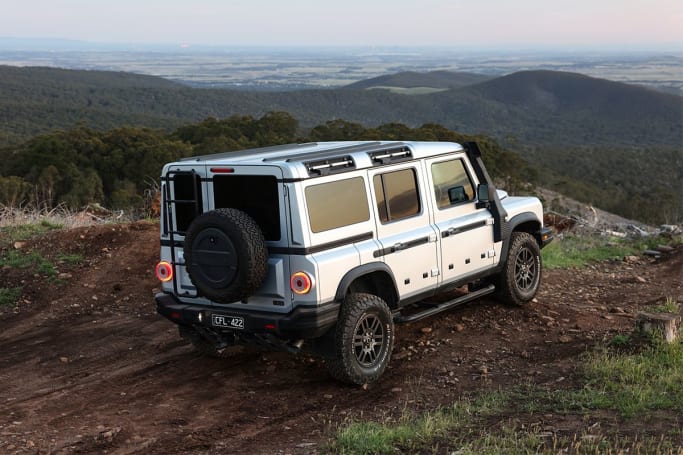
But again, more or less everything from the diff locks to the K02 tyres can be optioned on to the Fieldmaster and it seems pretty unlikely any two Grenadiers will be identical.
But, as they say on the TV adverts, that’s not all. Because if you don’t need the Grenadier station-wagon’s levels of comfort, there’s a cheaper alternative called the Grenadier Utility Wagon which does away with the rear side windows for solid panels and, interestingly, can be had as a two- or five-seater.
With cargo barriers and a hose-out interior it’s designed to be the workhorse option.
That said, like the station wagon variant, the Utility Wagon comes with the same trim level options and can be optioned right up to any level, including substituting side windows for the solid panels. Yes, it’s complex.
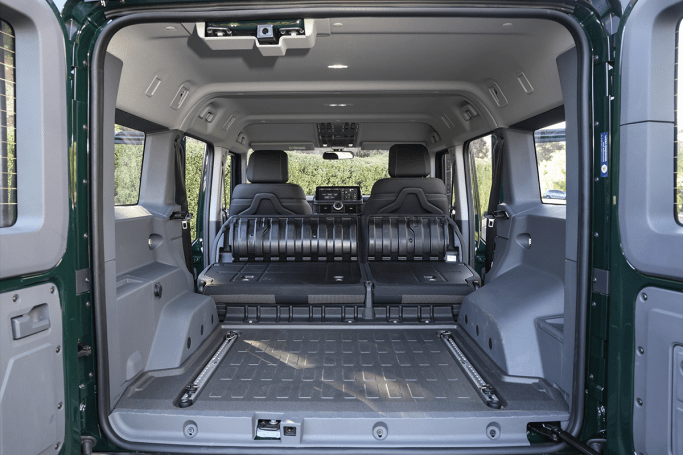
So is the pricing structure once you’ve factored in those options, but as it stands with no accessories or options, the range kicks off with the Utility Wagon base variant two-seater at $109,000 with either the petrol or diesel engine.
The Utility Wagon Trialmaster and Fieldmaster two-seaters are the same $122,000 regardless of which engine you choose.
Move up to the five-seat Station Wagon version and the base model lands at $110,000, leaving the Trialmaster and Fieldmaster at an identical $123,000.
